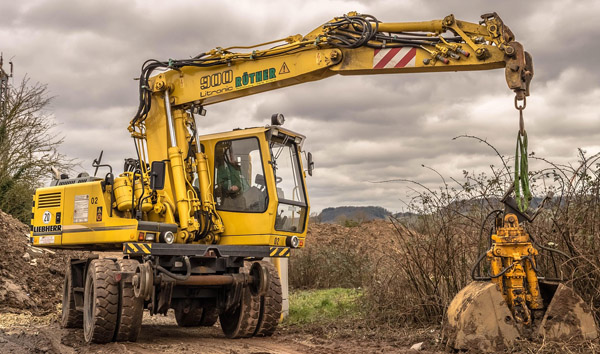The Future of Winter Road Maintenance: Advanced Highway Curve Snow Removal Machines
2025-07-29 05:10:23
The increasing frequency of severe winter weather has placed unprecedented demands on road maintenance systems, particularly on highway curves where snow accumulation poses significant safety risks. Traditional plows often struggle with these high-risk zones, leading to the development of specialized highway curve snow removal machines. These advanced systems integrate precision GPS, automated blade adjustments, and real-time weather tracking to optimize clearing operations.
One of the most notable advancements in highway curve snow removal machines is their ability to adapt to varying road geometries. Unlike conventional plows, which follow a fixed path, these machines dynamically adjust their blade angles and speed based on real-time curvature data. This ensures consistent snow removal without damaging road surfaces or guardrails. Additionally, many models now incorporate thermal imaging to detect black ice—a common hazard on highway curves—further enhancing driver safety.
Environmental considerations are also shaping the evolution of highway curve snow removal machines. Newer models utilize electric or hybrid powertrains, reducing emissions compared to diesel-powered alternatives. Some systems even employ AI-driven route optimization to minimize fuel consumption while maximizing coverage. With climate change increasing snowfall variability, these machines are becoming indispensable for maintaining critical highway curves during extreme weather events.
Looking ahead, the integration of autonomous technology could revolutionize highway curve snow removal. Pilot programs in Scandinavia and Canada are testing self-driving snow removal machines that operate around the clock, ensuring continuous road safety. As these innovations mature, highway authorities worldwide will likely adopt them to enhance winter maintenance efficiency. The highway curve snow removal machine is no longer just a tool—it’s a cornerstone of modern infrastructure resilience.*













